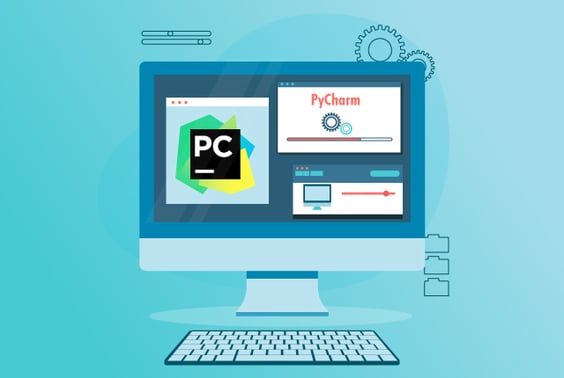
There are different methods that can be used to install Python packages in PyCharm. But the best practice is that for a particular Python interpreter, there should be a particular set of packages, that is, each project has its own set of packages, which is considered a best practice for Python dependency management.
By default, PyCharm uses pip to manage project packages. We can also use the Conda package manager for Conda environments.
Ways To Install Packages?
- Python Package Tool Window: This is by default the enabled window. This is a very fast way to preview and install the packages. A search button is also available to search the packages. Apart from this, there is a list of installed and available packages in the PyPI repository. Documentation is also available for all the packages, which can be referred to for more details.
- Python Interpreter: This option is available in the project at Settings → Preferences → Interpreter Settings. You can also use the Conda Package Manager with Python Interpreter. There, you can manage the packages from the Conda environment repository. You can install, uninstall and upgrade a package through this option.
- Requirements.txt: We can create a requirements.txt file according to project requirements. This file will contain a set of packages that your application requires. When we add this file to the root project directory, the Python integrated tools automatically detect it. Then PyCharm will install the packages listed in the file using a terminal. In the terminal, we run the 'pip install requirement.txt' command to install the packages.


Post a Comment